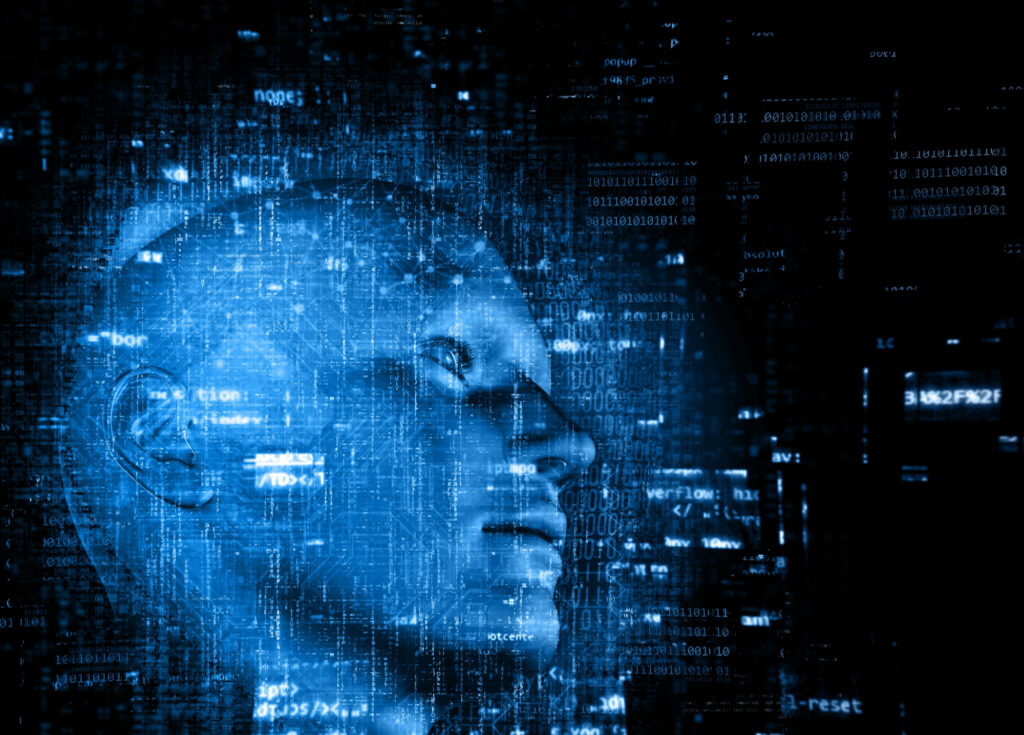Virtual and Augmented Reality (VR/AR) technology has come a long way since its inception, and it’s becoming increasingly more advanced and accessible. From entertainment to education and even healthcare, VR and AR are finding their way into various industries and becoming increasingly prevalent.
The emergence of the 5G network in Singapore has brought about a significant factor in propelling the VR/AR wave. The high-speed network enables greater bandwidth and lower latency, which serves as a foundation for creating more immersive experiences and providing faster feedback for VR/AR technologies.
This has led to increased adoption of these technologies in industries like healthcare and manufacturing, where they are being used for training and simulations.
Recognizing the potential for VR/AR to revolutionize various industries, Singapore has established a supportive ecosystem for start-ups in this space.
The IMDA Pixel Innovation Hub is an example of this, offering comprehensive innovation support that includes an VR/AR lab, a 5G test bed, access to business opportunities, and workshops on design thinking and user design.
These avenues of support are critical in encouraging the growth and development of VR/AR start-ups and facilitating their success in transforming industries.
In this blog, we’ll explore what we can expect from AR/VR technology in the next decade and how it could transform our lives.
Enhanced Entertainment
Additionally, VR/AR could make it possible for us to attend concerts, sports events, and other activities without leaving our homes.
Improved Education and Training
Similarly, flight simulators could use VR/AR to train pilots, and firefighters could use it to simulate emergencies and improve their skills.
Additionally, VR/AR could make education more accessible and affordable by eliminating the need for physical classrooms and expensive equipment.
Better Healthcare
VR/AR technology could also revolutionize the healthcare industry by offering more personalized and effective treatments. For instance, patients with mental health disorders could use VR/AR to simulate and overcome their fears and anxieties.
Similarly, patients with chronic pain could use VR/AR to distract themselves and manage their symptoms. Additionally, VR/AR could help doctors and nurses perform complex procedures and surgeries more accurately and safely.
More Productive Workplaces
Similarly, manufacturing companies could use VR/AR to simulate and test products before they’re built, saving time and money.
Additionally, architects and designers could use VR/AR to visualize and refine their designs before they’re constructed.
Increased Accessibility
The next decade may witness the VR/AR technology becoming more affordable and accessible, benefitting more people.
For instance, people with disabilities could use VR/AR to experience activities and environments that are not accessible in the physical world. Likewise, people can use VR/AR to connect and share their experiences across the time zones.
The Conclusion
The future of VR/AR technology is exciting, and we can expect to see more innovative and life-changing applications in the next decade.
From enhanced entertainment to improved healthcare, education, and workplace productivity, VR/AR technology has the potential to transform our lives in numerous ways. However, it may come with potential risks just like in case with any blockchain technology, meaning that we need to use ethically and responsibly.
